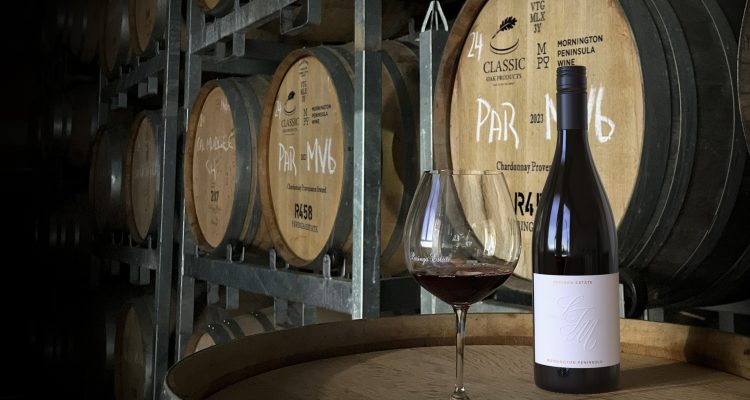Can you remember what you were doing in 1988? For some of you, you weren’t here. For others Australia celebrated its 200th anniversary, Australia’s new parliament house was opened by Queen Elizabeth II in Canberra, The Netherlands became the second country connected to the internet, Australia received access in 1989, and globally, CDs outsold vinyl records for the first time.
In the context of premium wine in Australia, where history in Australia is measured in decades and in Europe it’s measured in centuries, the difference is less about one being inherently more special and more about the narrative each region carries. To top that off, European winemakers, particularly those in regions like Bordeaux, Burgundy, and Champagne, operate within stringent appellation laws that dictate everything from grape varieties to vineyard management practices and winemaking techniques. These rules are in place to preserve tradition and ensure that wines from these prestigious regions maintain a certain level of quality and consistency.
In contrast, Australian winemakers have much more freedom to experiment. The lack of strict appellation laws means they can explore different grape varieties, blends, and winemaking techniques without being bound by traditional constraints. This freedom has encouraged a culture of innovation, leading to some truly avant-garde wines. Both approaches produce exceptional wines, but they tell very different stories about the land, the people, and the wine itself.
European wine, with its centuries of tradition, holds a deep, storied heritage. It’s like an ancient manuscript that has been written and refined over time. There’s a reverence for the generational knowledge passed down, the land that has been cultivated for hundreds of years, and the techniques that have been perfected through trial and error. This history gives European wine an undeniable prestige, a sense of time-honoured mastery.
Australian wine, on the other hand, represents the boldness and innovation of a younger region. Australia may not have the centuries behind it, but what it lacks in age, it makes up for in its pioneering spirit and ability to innovate. In a way, Australian winemakers are like artists with a blank canvas, able to experiment and redefine the rules. Australia has produced a few premium bottles over the years and every time it’s a moment of breakthrough. It’s the point where respect is earned not from tradition, but from excellence, perseverance, and pushing the boundaries.
So, while European wine might come with the weight of history, Australian wine brings fresh energy, innovation, and a sense of exciting possibility. In the end, it’s not about being “more special” — it’s about the unique story each bottle tells. Europe has the advantage of time, but Australia is crafting its own legacy, one premium bottle at a time. Both deserve respect for different reasons, and in time, Australia’s decades will turn into centuries too, creating a new tradition in the world of wine.
With all of this in mind, we’d like to introduce you to Paringa Estates LJM, the latest gem in their portfolio. LJM is a blend of the finest single vineyard barrels of pinot noir, all drawn from the remarkable 2022 vintage. What makes this bottle truly special is not just the wine itself, but the story it tells – a narrative 40 years in the making. The fruit comes from the oldest pinot noir blocks at Paringa Estate, planted way back in the late 1980’s. Handpicked, destemmed, and fermented with precision in French oak foudres, the wine is aged in both new and seasoned barrels. Every barrel is carefully tasted by Lindsay and Jamie McCall, a father-and-son duo whose collective expertise shapes each vintage into something special.
LJM Pinot Noir 2022 is the ultimate collaboration between generations. Lindsay McCall, who founded Paringa Estate on an abandoned apple orchard nearly four decades ago, has been working the rich, red volcanic soil of Red Hill South with love and devotion, despite having no formal training in winemaking. His years of passion have produced some of Australia’s most highly awarded wines.
Enter Jamie McCall, a university-trained winemaker who joined his father’s side in 2012. Appointed Head Winemaker in 2017, Jamie has brought his technical expertise and modern flair to the table, breathing new life into Paringa’s legacy. Together, they’ve created LJM, a wine that reflects the perfect blend of tradition and innovation.
The initials “LJM” may stand for Lindsay and Jamie McCall, but in every sip, you’ll appreciate and share something greater – the years of learning, the land’s character, and the bond between father and son. A wine that’s not just about being the best, but about telling the story of where it came from, and the hands that brought it to life. It is true to say the LJM Pinot Noir 2022 isn’t just any wine – it’s the result of a vision, then decades of dedication, craft, and the eternal pursuit of excellence. It’s something we can all learn from.


Leave a Reply
You must be logged in to post a comment.